Some knowledge points about diamond grinding wheels
Category: Industry News
Oct 12,2021
Diamond grinding wheelThe structure and shape of diamond grinding wheels are diverse and varied, different across industries, and even within the same industry, there are many differences. The shape of the roller is determined by the circumferential shape of the grinding wheel or grinding wheel group. In other words, the application of rollers is for forming grinding in mechanical processing, which basically belongs to the latter process.
Unlike diamond pencils or SBD powder dressing pens, they dress parallel grinding wheels to each other.
Regardless of how complex the profile is, generally speaking, the structure of rollers is divided into three parts: diamond layer, steel core, and inner hole. This is also why key elements on the roller query table correspond to these three types of roller structures.
Whether it is electroplated or sintered rollers, the working layer is the diamond layer. We can select corresponding diamond particle abrasives based on the abrasive material on the workbench. For the shape and size of the grinding wheel, we can design a corresponding steel core that supports the diamond layer and corresponds to the respective outer diameter size of the roller. The inner hole corresponds to the inner diameter and matches with the spindle of the roller installation device, requiring high precision. The precision of the inner hole corresponds to that of dressing wheels; therefore, tolerance requirements for inner holes are also quite strict.

The abrasive particles and binders in rollers bear grinding forces and extrusion forces. These forces differ; thus, the state of particle breakage also varies. In other words, shapes, distributions, and densities of cutting edges differ as well. In summary, these differences are as follows:
Grinding performance has a significant impact on workpiece shape and dimensional accuracy; selecting dressing conditions is also crucial for evaluating effective cutting volume.
This is a necessary condition for using grinding wheels to dress rollers. Rollers are used to repair grinding wheels. Grinding machines are equipped with dressing devices. Some older grinders use diamond pens; however, many modern grinders have begun using diamond rollers for modifications.
There are various influencing factors during use such as human factors, rotational speed, speed ratio, feed rate etc. Each manufacturer and craftsman does not have a unified standard; let alone different industries using different diamond rollers.
So why can diamond rollers replace diamond pens?
The appearance, size, and precision of diamond rollers are designed and manufactured according to relevant technical requirements for processed parts; installation dimensions are determined based on connection dimension requirements for dressing devices on user machine tools.
Methods for making diamond rollers include manual sintering, random sintering, electroforming etc. Diamond roller dressers are used for grinding parts with complex shapes and high precision. Their main feature is combining multiple grinding processes into one operation to improve linearity in forming wheels significantly enhancing product quality while increasing production efficiency.
Diamond grinding wheelThrough production experience, our natural diamond rollers are all made by manually arranging implanted diamonds through burning. Diamond rollers produced this way have characteristics such as high profile accuracy in dressing operations, good forming capability, fast dressing speed, high efficiency, simple operation and long service life which can ensure consistent shape and accuracy in batch processing parts.
Related Articles
Aug 16,2021
Mar 18,2022
Aug 16,2021
Aug 16,2021
Aug 27,2021
Aug 27,2021







